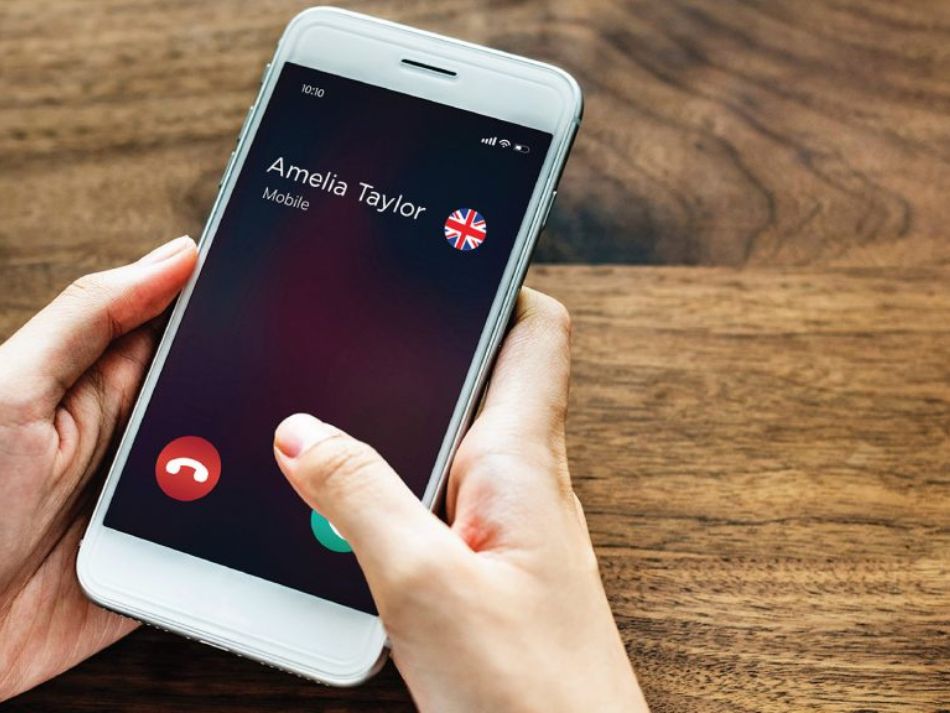
Digital Nomad: The Future of Work on the Move 🌍
junio 26, 2025
Area Code Spain: A Complete Guide for International Dialing
junio 26, 2025Understanding how data roaming on iPhone works is essential for travelers who want to stay connected without incurring unexpected charges. In Europe and worldwide, this feature allows iPhones to access mobile data on foreign networks. Here’s a user-friendly overview of how it functions, how regulations affect costs, public feedback, and how this feature has evolved over time.
What is Data Roaming on iPhone—and how to control it
Data roaming permits the iPhone to use mobile data when outside the home network, enabling internet access via foreign carriers’ networks . Users can toggle this setting by going to Settings → Cellular (or Mobile Data) → Cellular/Data Roaming. When turned on, the iPhone connects automatically to partner networks abroad; when off, data access is restricted to Wi‑Fi only. Apple explicitly warns users to turn it off before traveling to avoid surprise charges, especially where roaming isn’t covered .

Europe’s “Roam Like at Home” and iPhone usage
Within the European Economic Area (EEA), Regulation (EU) 2022/612 abolished data roaming charges, allowing iPhone users to use domestic data allowances while traveling (en.wikipedia.org). However, a fair use policy applies: after certain limits, operators may charge up to €2/GB + VAT, decreasing gradually to €1/GB by 2027 (digital-strategy.ec.europa.eu). Popular travel blogs like Airalo caution users: «Using your iPhone in Europe may still cost extra if reliant on data roaming» without proper planning (airalo.com).
User experiences and expert advice
Real-world experiences highlight the value of eSIMs and thoughtful data management. In a Reddit post, one user shared:
“I used the data eSIM for all data and relied on native roaming for calls and texts. Everything worked out wonderfully… I even used it as a hotspot for two work video meetings” (reddit.com).
Experts at Lifewire stress how easy it is to accidentally incur charges and advise travelers to turn off data roaming and use local SIMs or eSIMs to control costs . Additionally, MoneySavingExpert reports that operators are now required to alert users when roaming inadvertently—and near border zones (moneysavingexpert.com).
Timeline: evolution of data roaming policies
| Year | Milestone |
|---|---|
| 2007–2012 | EU starts limiting data and call roaming charges under RLAH initiative (en.wikipedia.org) |
| June 2017 | “Roam Like at Home” fully implemented across EEA, ending retail roaming charges |
| 2021–2022 | Data surcharge cap introduced (max €2/GB + VAT), to decrease further |
| Early 2025 | EU enacts stricter rules, operators must notify users roaming across borders |
| Projected 2026 | Ukraine to join EU roaming zone—extending “Roam Like at Home” to new members |
Final take: smart data roaming on iPhone
By default, data roaming on iPhone can seamlessly connect you abroad—but only if planned thoughtfully. Thanks to EEA regulations, your iPhone behaves like it’s still at home, with no extra fees and fair usage protections. Still, smart travel demands toggling Data Roaming off upon arrival, choosing affordable eSIMs or local plans, and monitoring data use via iOS settings. These simple steps ensure that your iPhone stays connected—without draining your budget.


